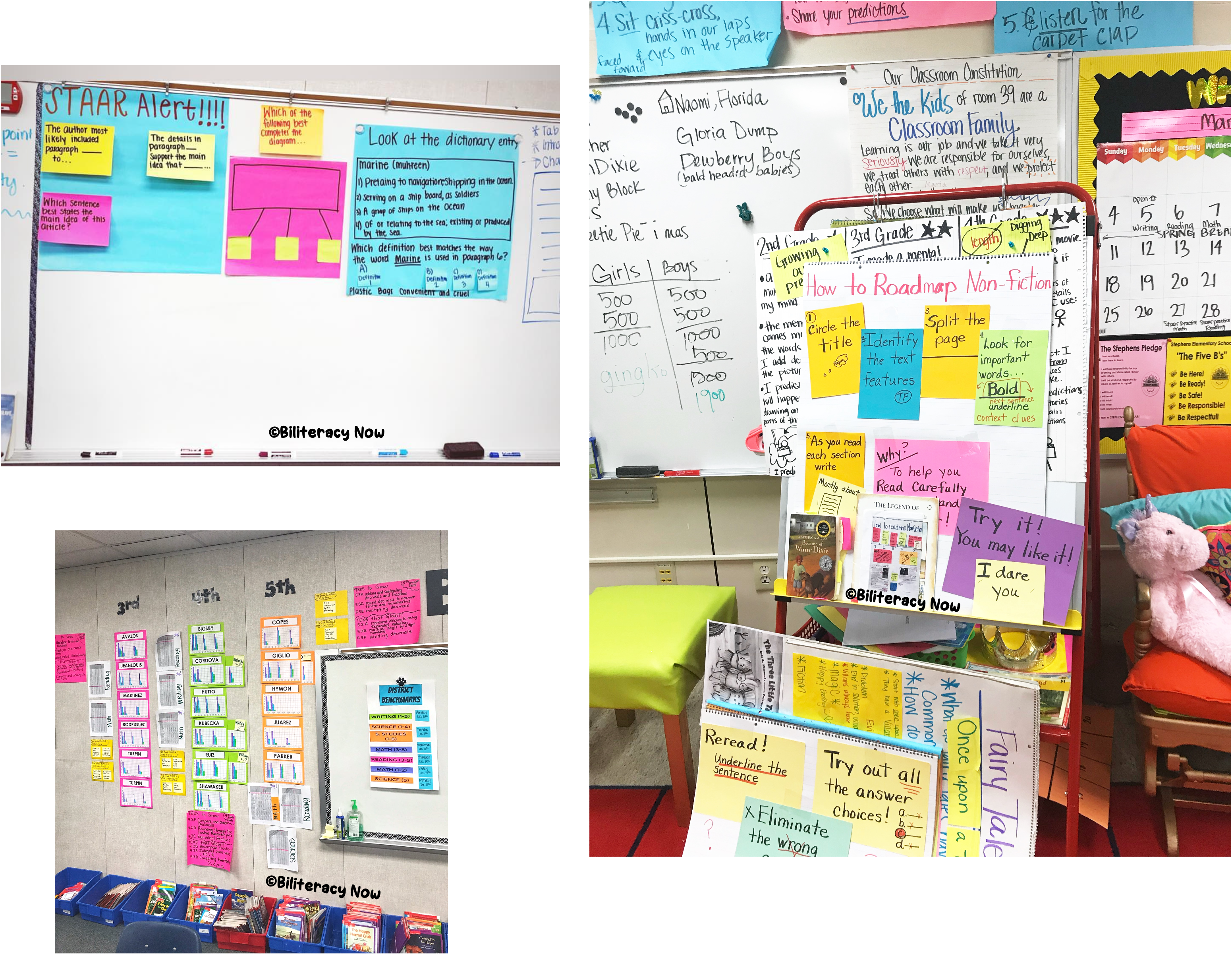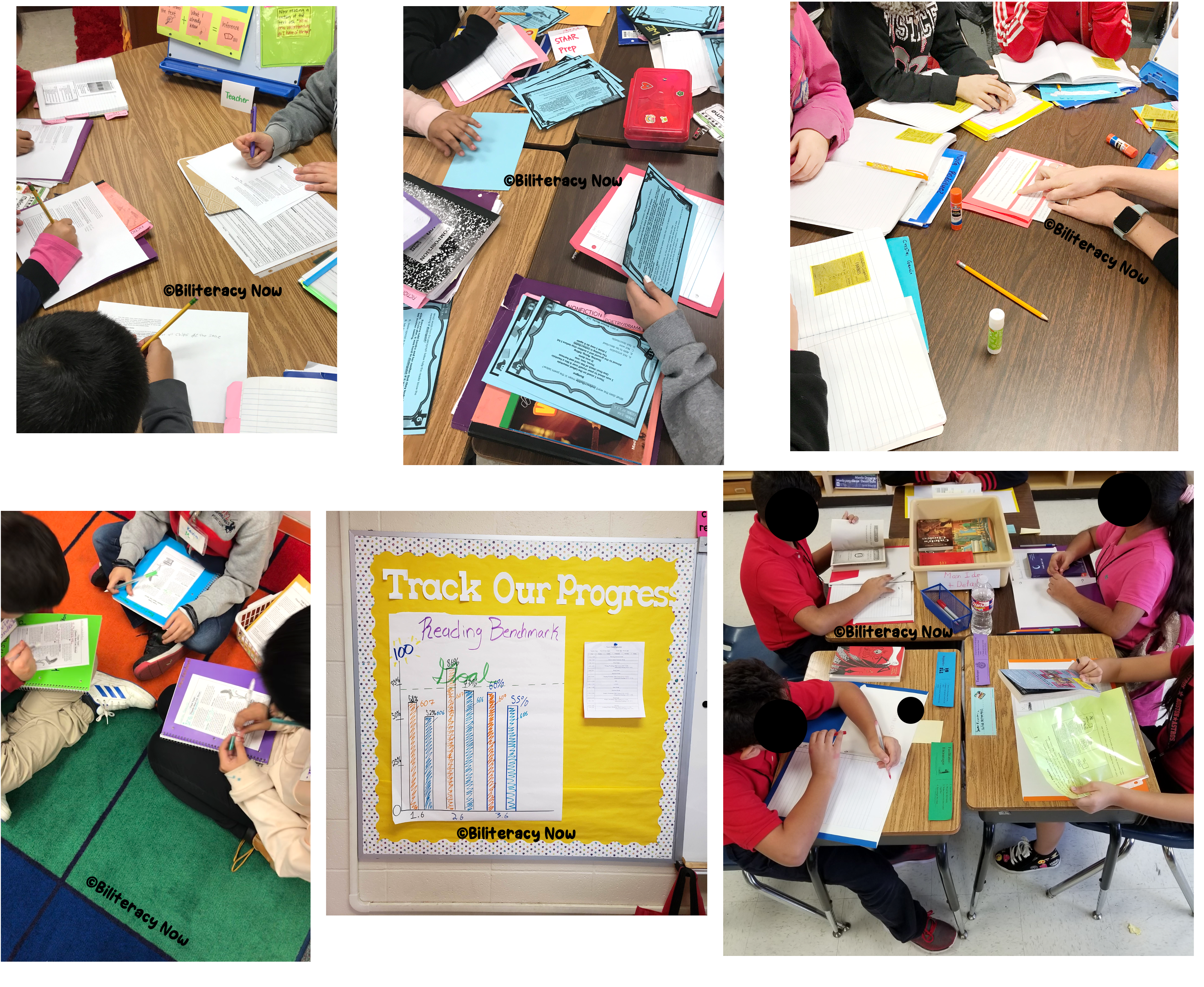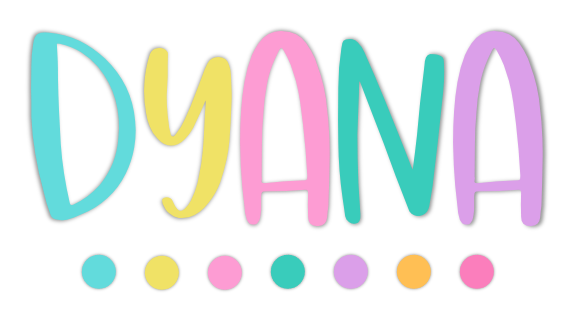Test prep season is here! This topic is heavily debated. One side argues that teachers should just stick to teaching the curriculum versus teaching to a test. On the other hand, teachers are expected to show high scores on the state assessment or they will no longer be considered “highly effective.”
Can I be honest? I see both sides. No, we shouldn’t toss our curriculum to the side, but we also need to think about the expectations we put on our teachers and students. Students are expected to pass or teachers are expected to get their students to pass. It’s a tough mission.
As an educator, test prep season is either your favorite time of year or your least favorite. For me, it’s my favorite time of year because I get to do two things I love: continue to teach the curriculum while also carving out one day out of the week where I get to teach my students to not be afraid of a silly test.
LEARN THE TEST
I’m a firm believer in changing your mindset regarding standardized testing because no matter how much we don’t like them, we are still expected to administer them to our students. Therefore, instead of creating fear or stress, I believe in openly talking about the assessment in my classroom.
I show my students what the STAAR test looks like, and I teach them the vocabulary. I teach them how the questions are written. My students are also taught how to read passages (selections) by the genre – that way they know what to look for.

It’s not easy, but the main thing to keep in mind is that you, the teacher, need to become familiar with the test first. Get your hand on as many old assessments as you possibly can and READ them. In fact, take the test as if you were a student. One year we did this exercise with our fourth grade teachers, and it was eye-opening for them. They had no idea how complicated the passages and questions were. It’s really important for us to know everything we can about this test. It benefits our students because our knowledge becomes their knowledge.
BOOTCAMP
Then comes the fun part! Organize and set up centers around your classroom. At my campus, we called it bootcamp. The teachers and students dress up in Army gear. Bootcamp only happens on Fridays for 1-2 hours.
How? I organize my centers based on the skills my students need help with. I set up 4-5 centers around the room. Here’s an examples of what the centers could look like:
- Task cards that focus on context clues
- They read informational texts and answer questions in their journal
- Students read various genres (articles, poems, drama) and fill out graphic organizers
- They “play” a game that focuses on prefixes and suffixes
- Students practice a reading skill with me at the small group table
Below are some pictures of what our centers look like. We also track their progress because we like to focus on growth (not passing vs. failing).

I’d also like to add that this level of organization didn’t happen overnight. As with everything, our students need expectations and rules. It might take your students a few attempts before transitions are smooth. That’s ok. It takes time and patience.
Please keep in mind that I’m not promoting drill and kill culture here. I’m a firm believer in incorporating testing vocabulary throughout the school year in moderation. Sprinkle throughout will always be my motto.
Good luck!
